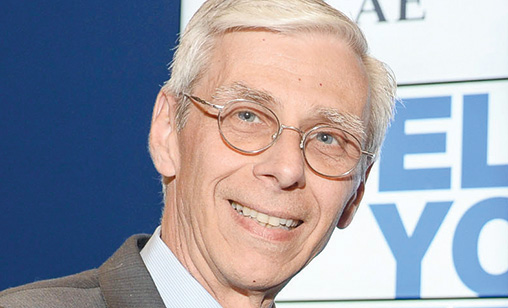Industry Insight Special Report
Increased demand for Asia-Pacific cockpit crew
In June, several aerospace manufacturers upgraded their forecasts for new aircraft in the Asia-Pacific to 41% of the future airliner market. The jump in market growth heightens pressure on the industry to produce sufficient cockpit crew to serve the world’s largest future aviation market.
July 1st 2017
The world’s airlines will need 255,000 new pilots in the next decade, with 90,000 of them flying in the Asia-Pacific, to sustain forecast growth in the commercial air transport industry and support retirements, a recent industry survey predicts. Read More »
Canada-headquartered CAE, the operator of the largest network of civil training locations in the industry, said in the CAE Airline Pilot Demand Outlook, released last month at the Paris Air Show, that 50% of pilots flying by 2027 have not started training yet. It added that cockpit crew will have to be produced at the rate of 70 every day to satisfy airline crew demands.
 |
| 'The airline industry will need 70 new type-rated pilots a day for the next 10 years to meet global demand' |
| Nick Leontidis CAE’s group president civil aviation training solutions |
It also highlighted the necessity to progress 180,000 first officers to captains; a greater number of promotions than in any previous decade. CAE’s group president civil aviation training solutions, Nick Leontidis, said: “this record demand will challenge current pilot recruitment channels and development programs. New and innovative pilot career pathways and training systems will be required to meet the industry’s pilot needs and ever-evolving safety, competency and efficiency standards.”
The report was released as aircraft manufacturers continue to revise forecasts upwards for aircraft to be delivered in the next two decades. Also at Paris, Boeing raised its forecast for new airplane demand to 41,030 new airplanes to 2037, valued at $6.1 trillion dollars. “Passenger traffic has been very strong so far this year, and we expect to see it grow 4.7% each year over the next two decades,” said Boeing’s vice president marketing, Randy Tinseth. Boeing predicted the Asia-Pacific will need 248,000 pilots, 268,000 technicians/engineers and 298,000 cabin crew in the coming 20 year period.
Airbus last month also forecast a doubling of the size of the world’s passenger aircraft fleet over the next 20 years, worth $5.3 trillion in sales. Its Global Market Forecast 2017-2036 sees traffic growing at a rate of 4.4% annually as rising disposable income expands tourism and increases the number of first time flyers.
Airbus forecasts the need for 34,170 passenger and 730 freighter aircraft, worth a combined $5.3 trillion.
Brazilian planemaker, Embraer, also released a twenty-year forecast at Paris and said there would be demand for 6,400 new deliveries in the 70-130+ seat segment for regional jets worth some $300 billion. Some 1,710, or 27%, of these would be headed for Asia-Pacific.
In its report, the first it has done on pilot requirements, CAE said the Asia-Pacific is a vast geographic region that includes major as well as mature economies. “Strong economic growth, an expanding middle class, new low-cost carriers, new routes and increasing competition make the Asia-Pacific the fastest-growing region for air travel. Once limited to major Asia-Pacific cities, international airline service now is being extended to secondary and tertiary cities with new nonstop routes,” CAE said.
“Both China and India have the potential to become even larger aviation markets as regulations are relaxed and investments in airports and air traffic management systems are made. In addition, India’s recent implementation of less stringent foreign ownership rules may stimulate air travel growth.”
CAE said demand for new pilots would be uneven. It suggested pilot rosters that include highly experienced contract captains and first officers from diverse airline backgrounds to address short-term operational requirements and also the development of younger first officers. Given the growing need for pilots in markets where English is not the primary language, the assessment of language proficiency is becoming increasingly important, it said.
With more than 230 full-flight simulators in 50 civil training locations worldwide, CAE serves approximately 3,500 airlines, aircraft operators and manufacturers across the globe. It operates the world’s largest network of Ab-Initio flight schools, CAE Oxford Aviation Academy, at nine locations, with a capacity to train 2,000 cadets annually.